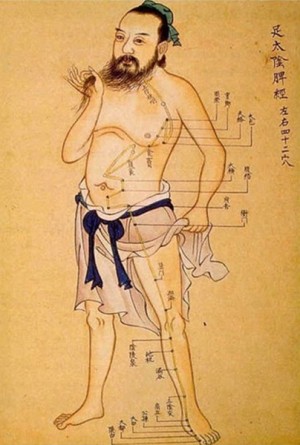What is Placenta Previa?
Placenta previa occurs in about 1 out of every 200 pregnancies. Many times, previa is detected in the third trimester, but it’s sometimes spotted at as early as 17 weeks usually either in a routine ultrasound or because some bleeding or pain is occurring. In this condition the placenta lies low in the uterus and may grow to partially or completely cover the opening of the uterus, the cervix.
The concern with placenta previa is that the birth canal could be blocked by the placenta, either partially or completely. It’s possible the placenta could be pulled from the uterine wall when the cervix dilates during labor. This could cause bleeding and potentially be harmful to your baby, which is why unresolved placenta previa may result in Caesarian section delivery.
Previa nearly always turns out to be a minor complication that resolves itself. But if treatment is necessary, both baby and Mom will be fine with proper care.
Treatment for Placenta Previa
In nearly all cases, placenta previa resolves itself as the uterus enlarges throughout pregnancy. Debra Betts (2006) notes in her book, Acupuncture in Pregnancy and Childbirth, “Although it has been estimated that as many as 30% of placentas on ultrasound are positioned low at 20 weeks gestation, less than 1% require further monitoring by 32 weeks, with only a small proportion of these requiring any medical intervention” (p.11).
If you’re planning a home birth or natural childbirth, placenta previa will need to be resolved before your doctor or midwife will give the go ahead for natural birth. Even if you’re not planning on natural childbirth you may choose to treat it to avoid bed rest or further complications .
Traditional Chinese Medicine is a safe treatment option that can resolve placenta previa.
TCM Approach to Placenta Previa
Traditional Chinese Medicine views placenta previa as “Sinking Qi.” The goal of treatment is raise qi, stop vaginal bleeding, and calm the fetus.
TCM practitioners use two techniques to treat placenta previa: herbal formulas and acupuncture. Usually, practitioners employ a combination of these two treatments.
- Herbal Formulas – An experienced TCM practitioner will administer an herbal formula designed specifically for your condition. Bu Zhong Yi Qi Tang is a classic Chinese formula used for raising qi. It’s very safe for pregnancy and is often used to prevent recurring miscarriages as well as for treating placenta previa.
- Acupuncture –Acupuncture treatments are very successful, especially if the previa isn’t fully covering the cervix. Your practitioner will recommend a schedule of acupuncture sessions to treat your individual condition. Du 20 is the key acupuncture point for treating placenta previa. This point is located at the very top of the head, and it’s very effective at raising qi.
TCM is a safe treatment option that can both alleviate symptoms and resolve previa. If you’re interested in treating placenta previa with TCM, contact a qualified practitioner. In cases where patients are confined to complete bed rest, it’s even possible to find a practitioner who will make house calls.

